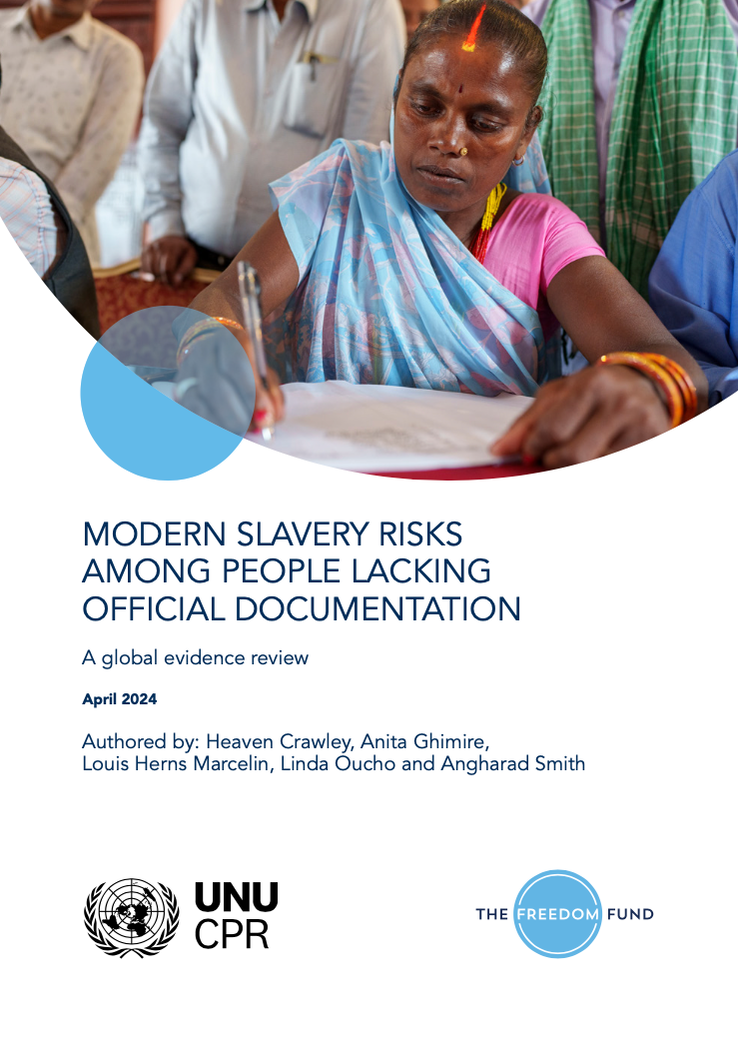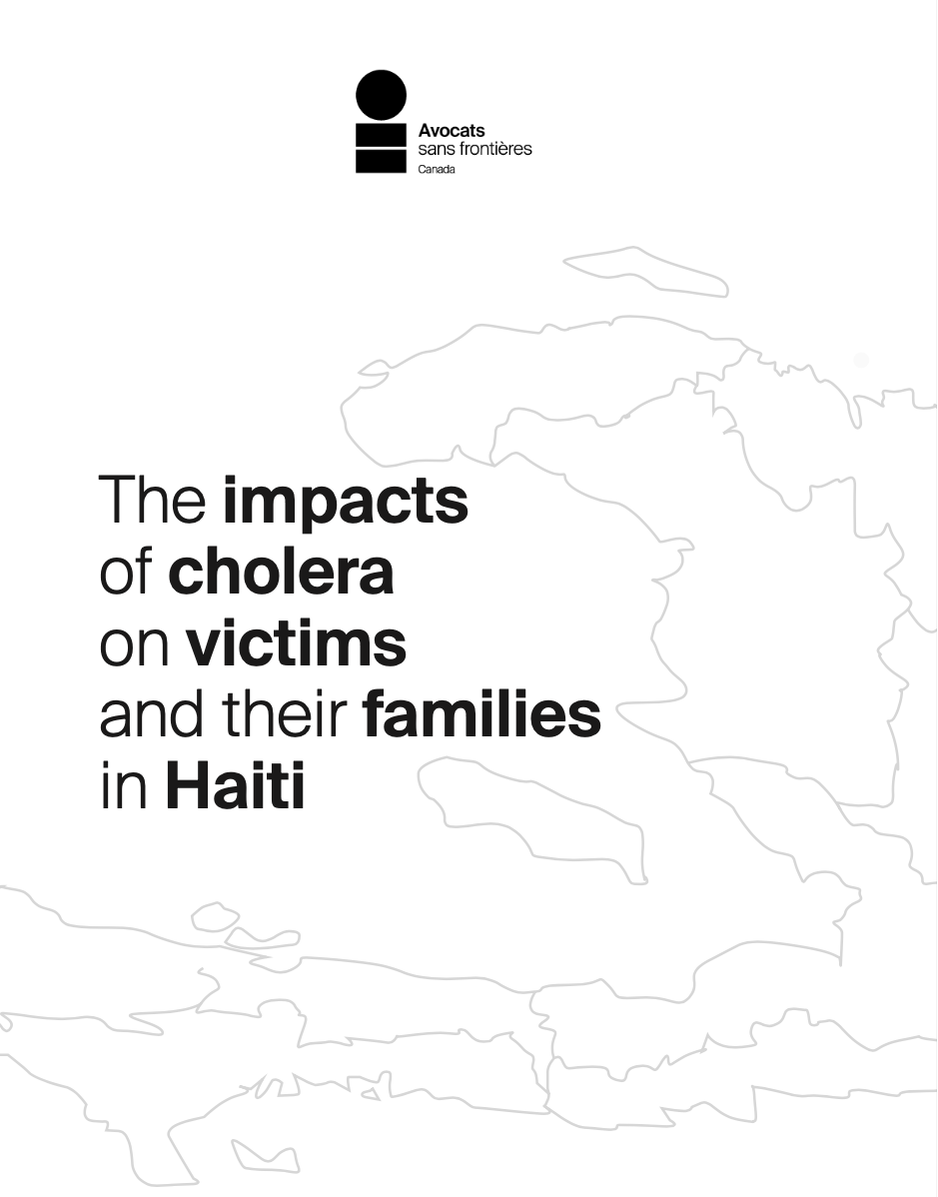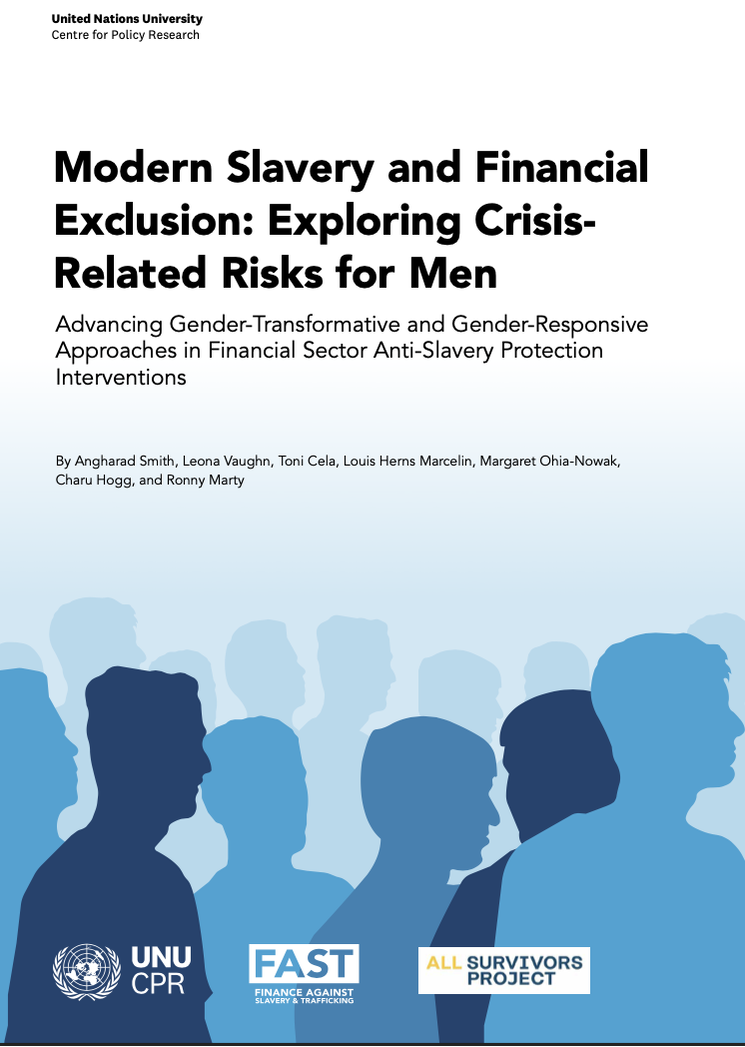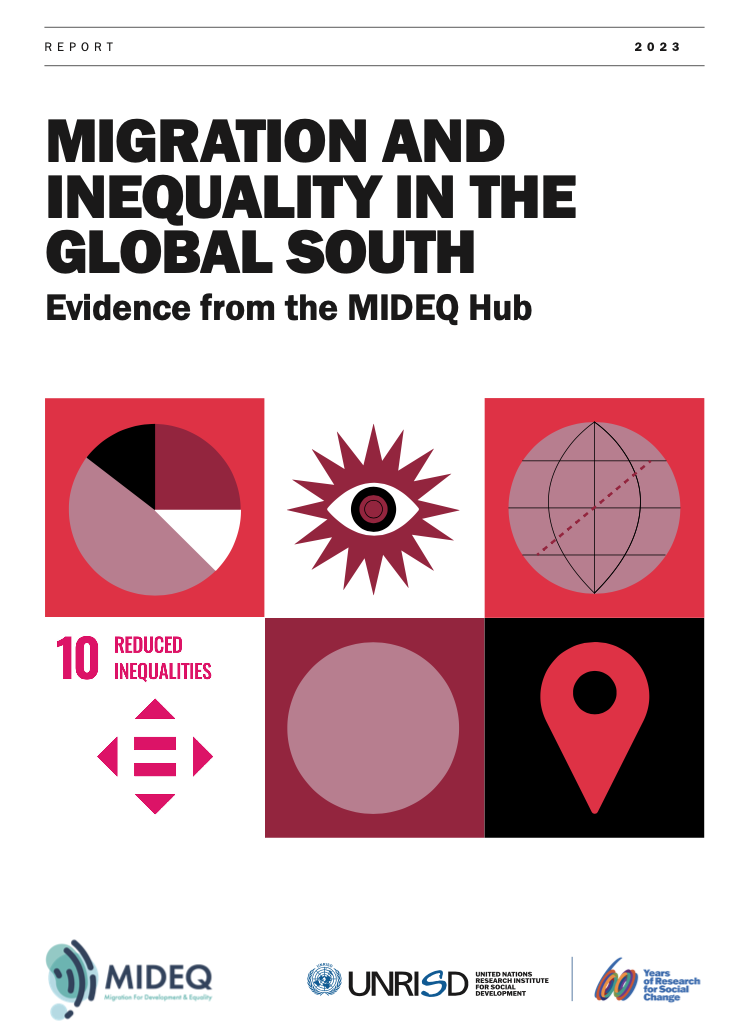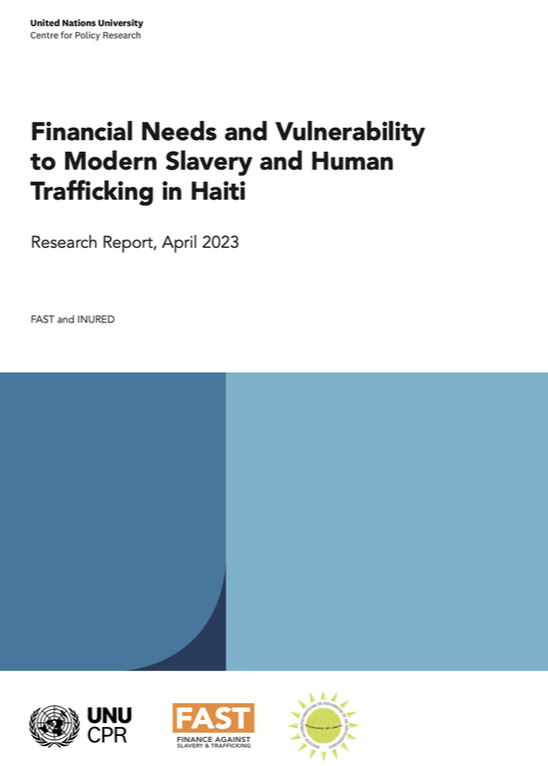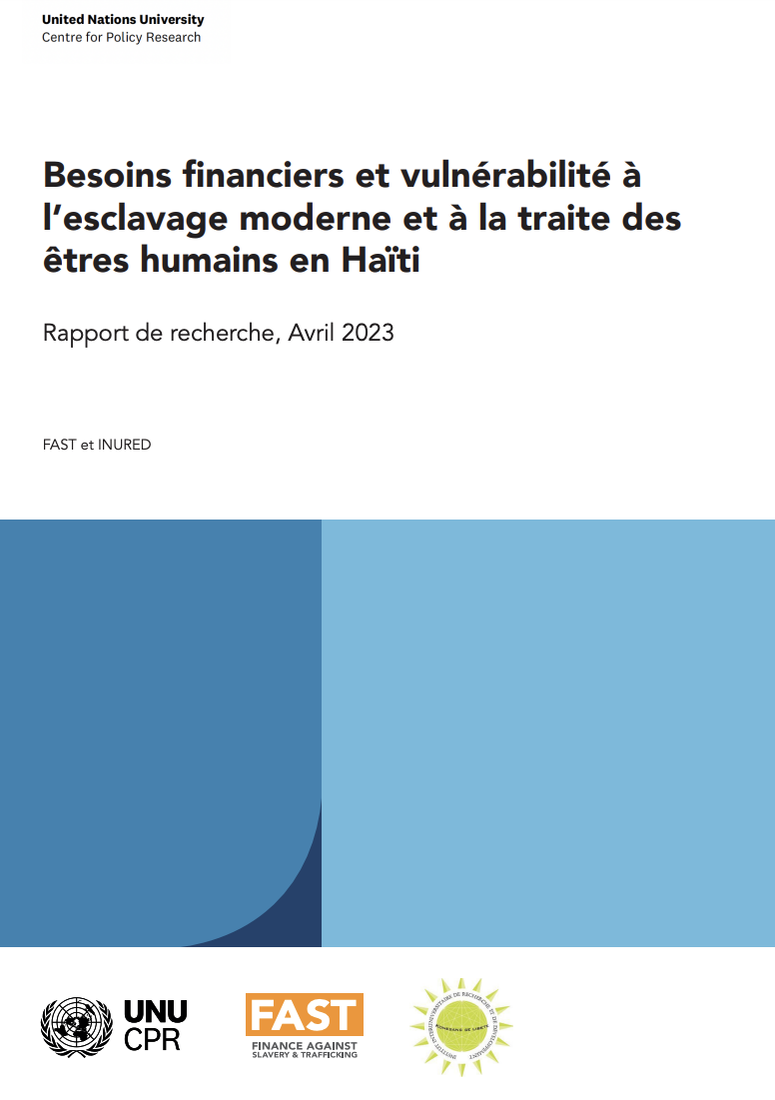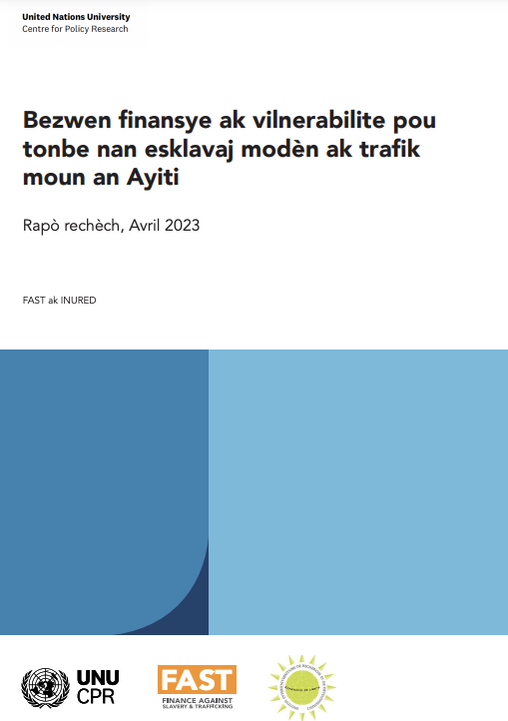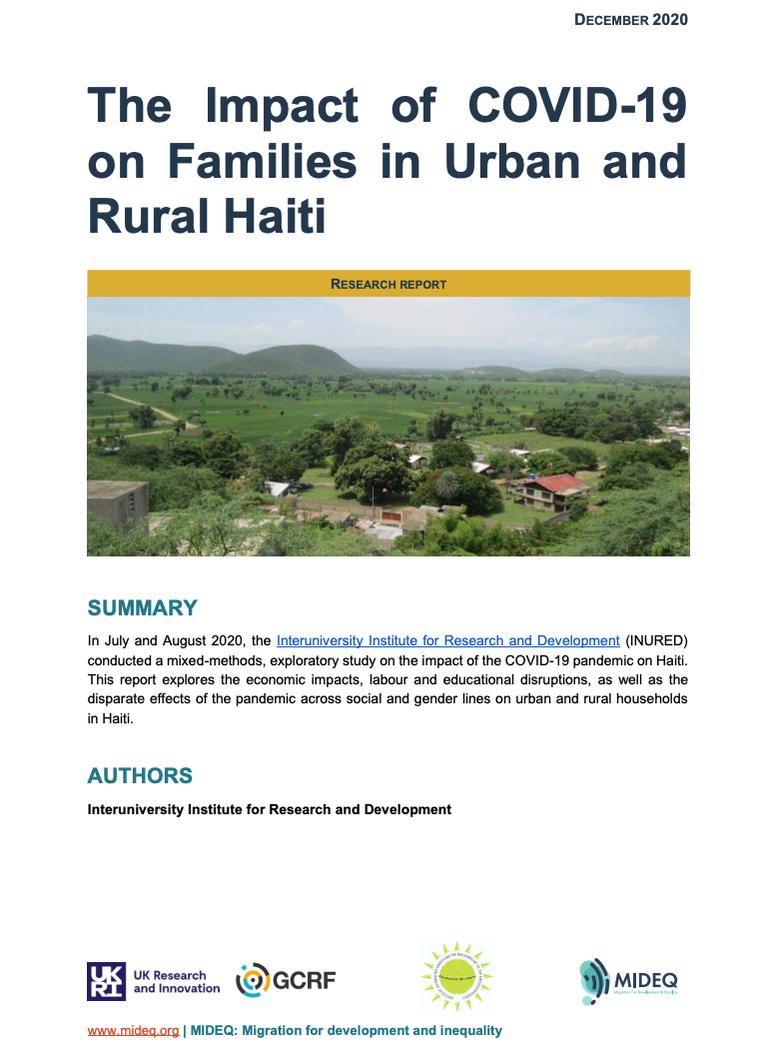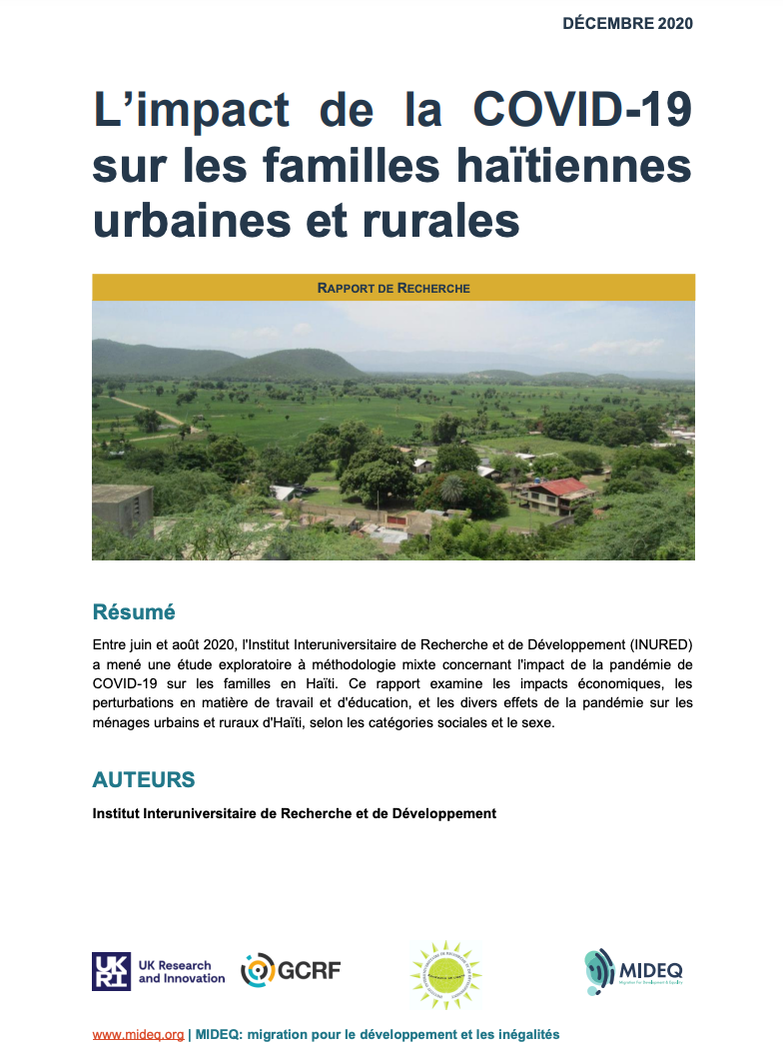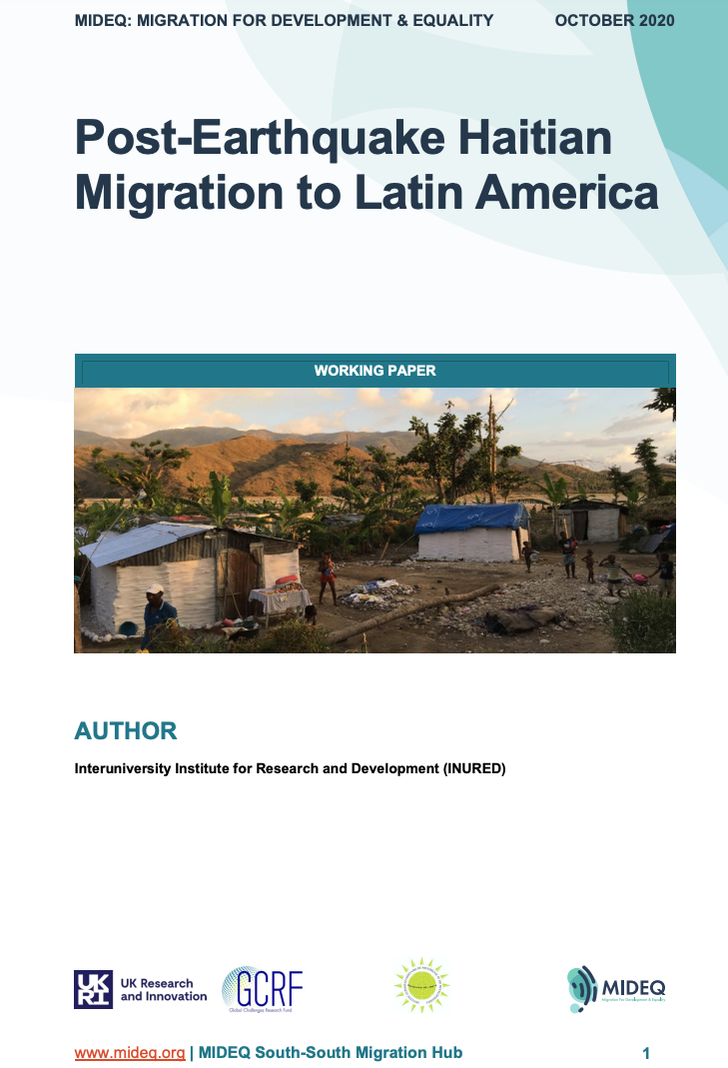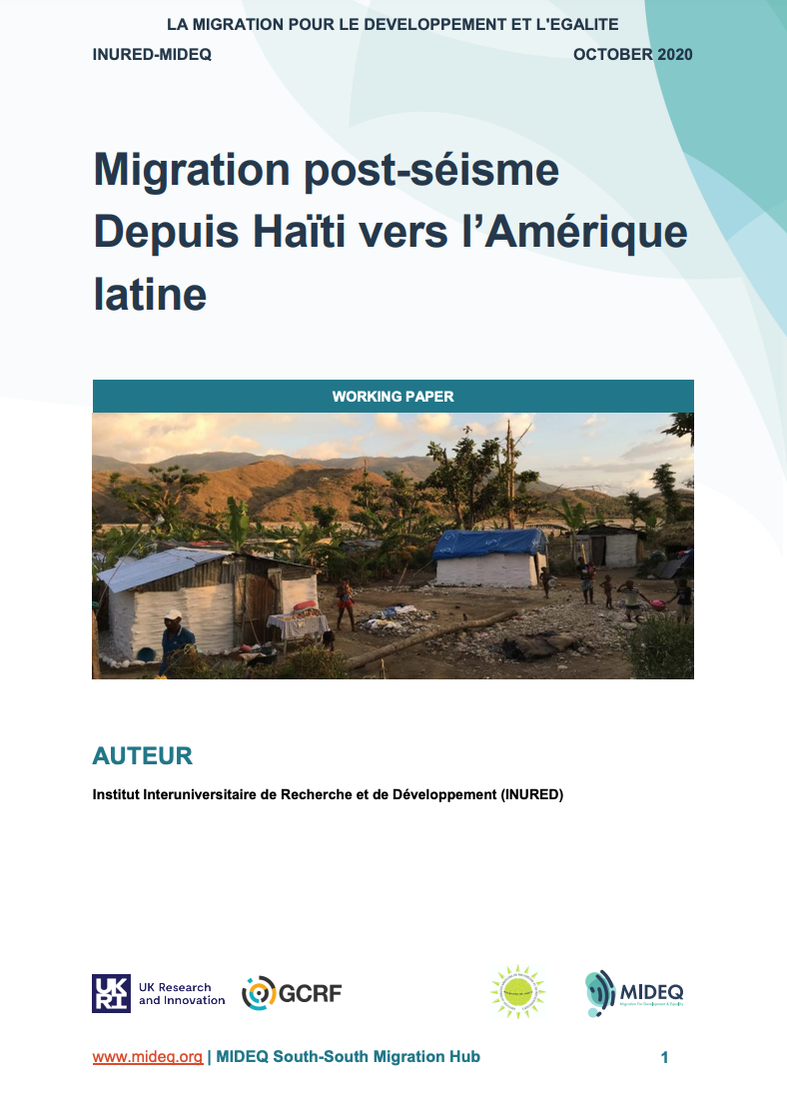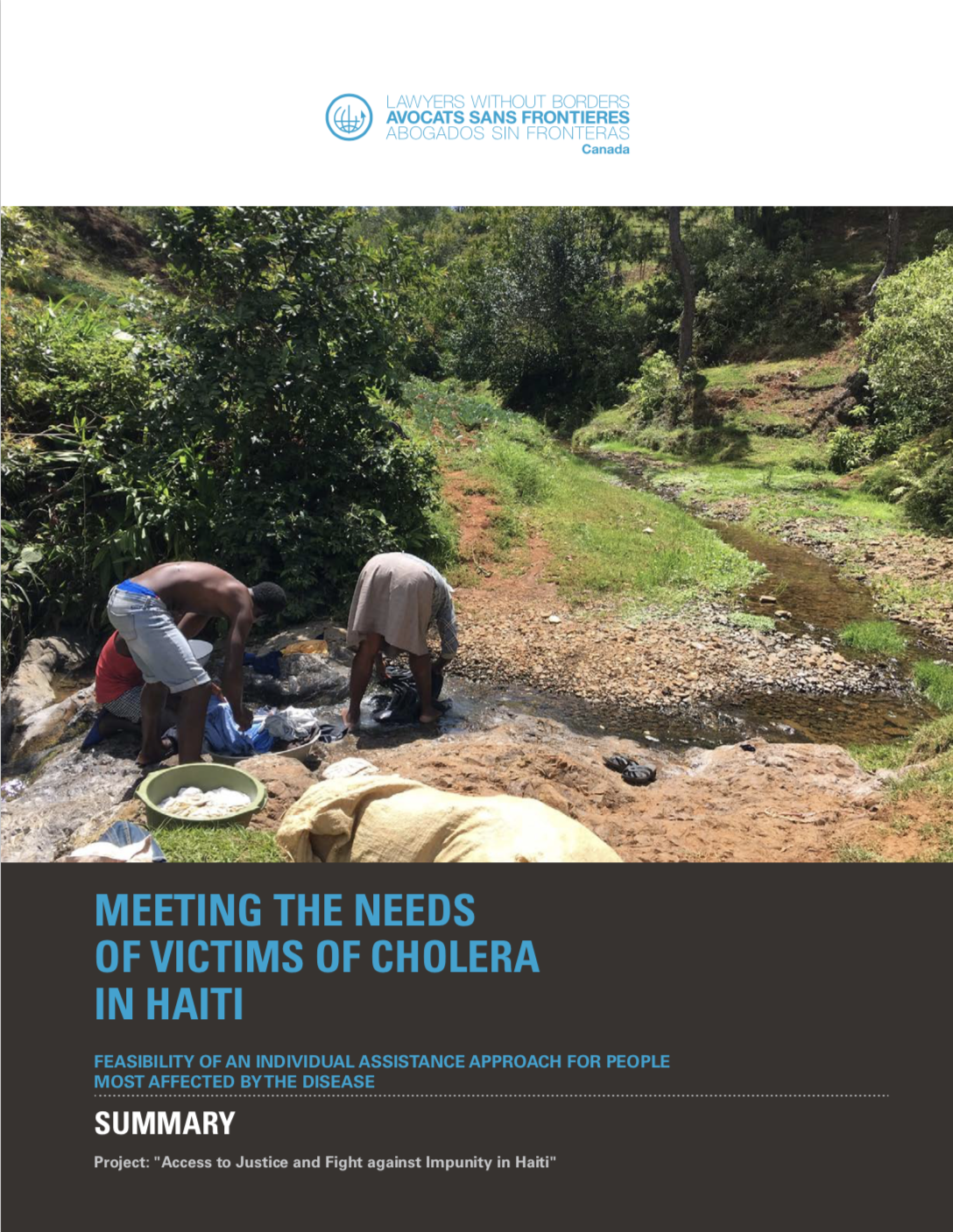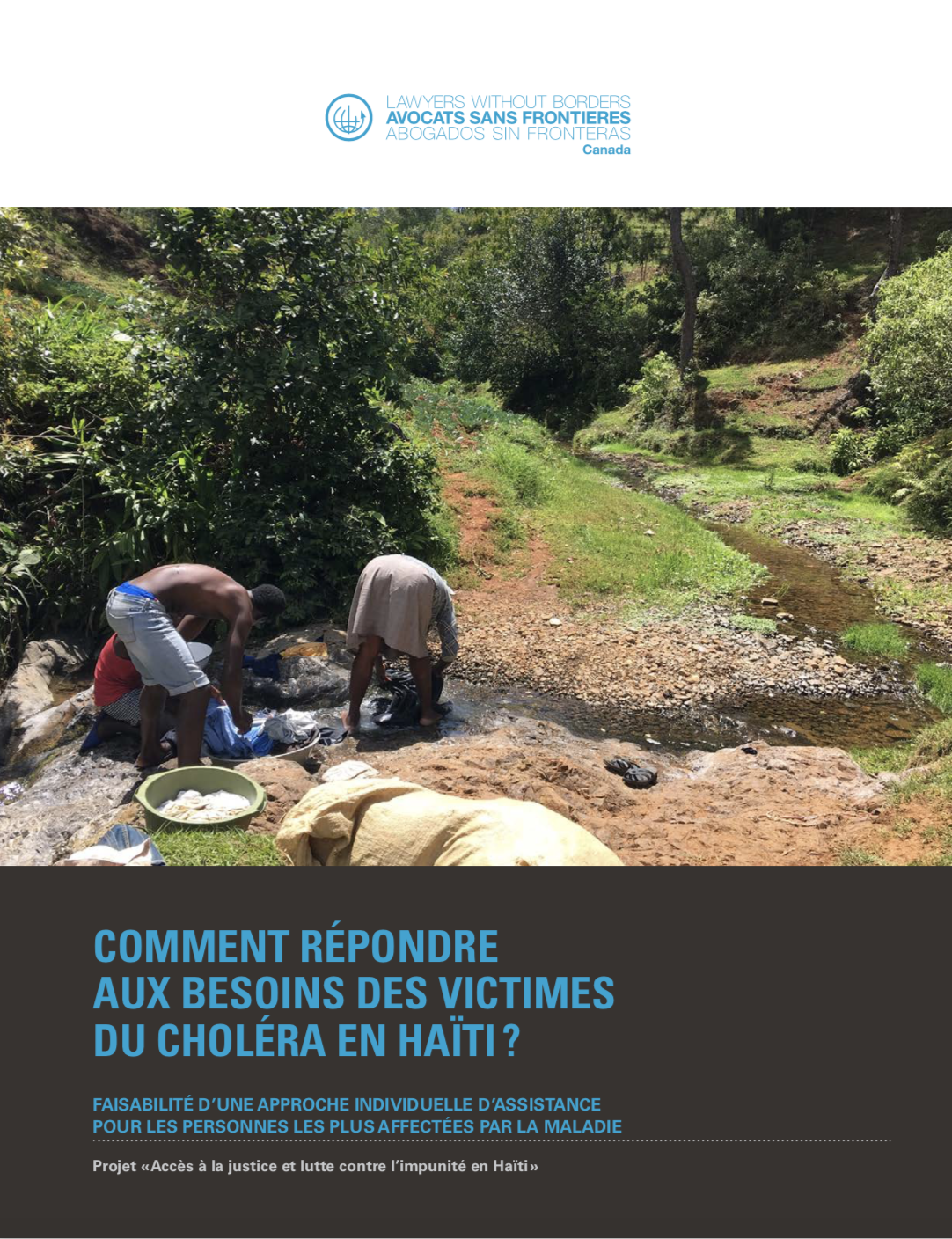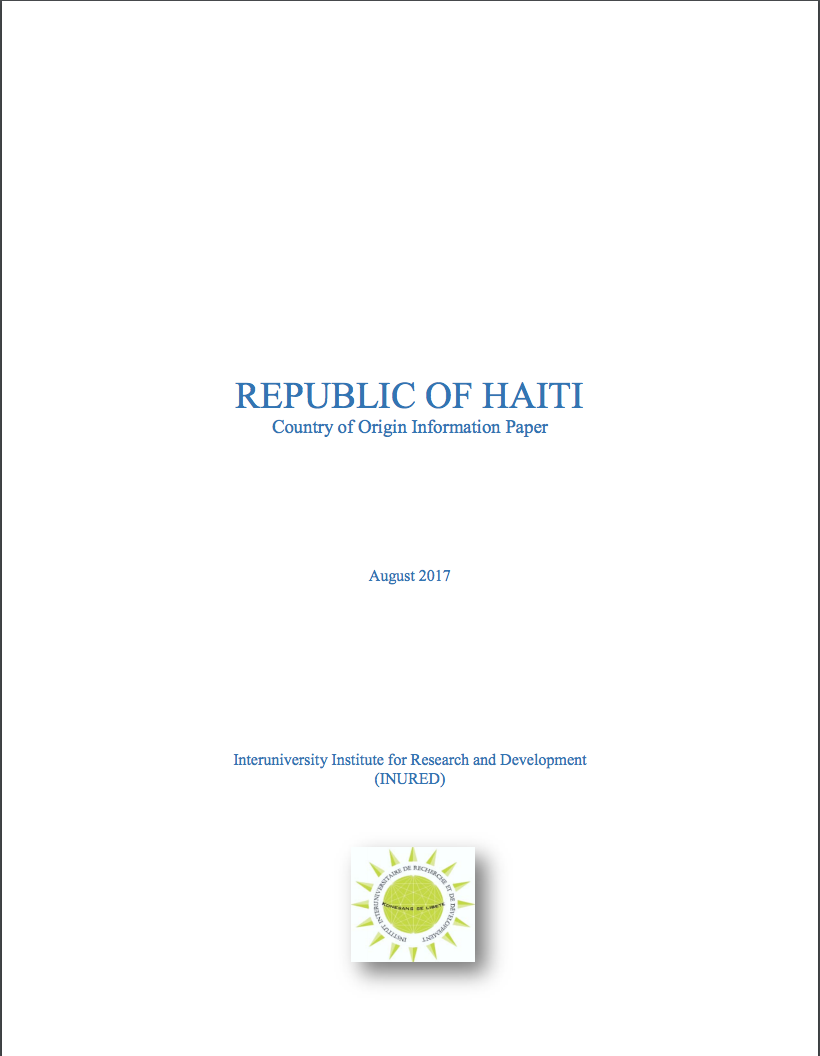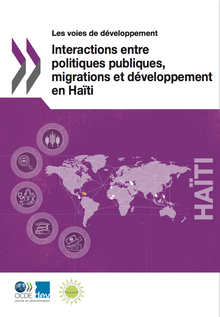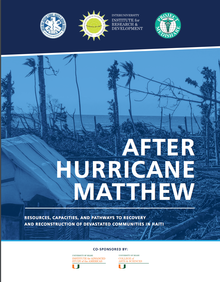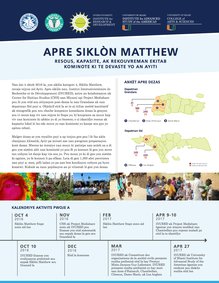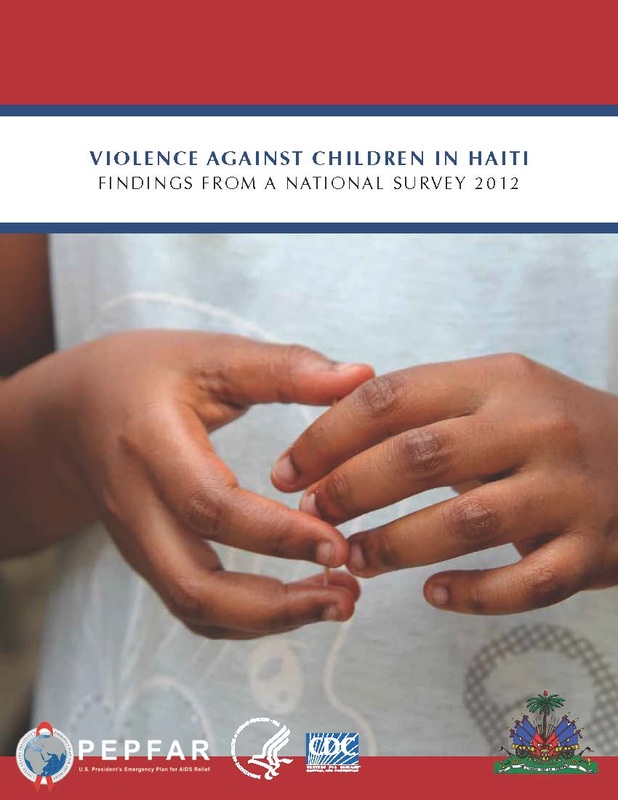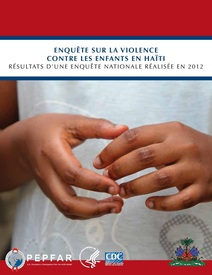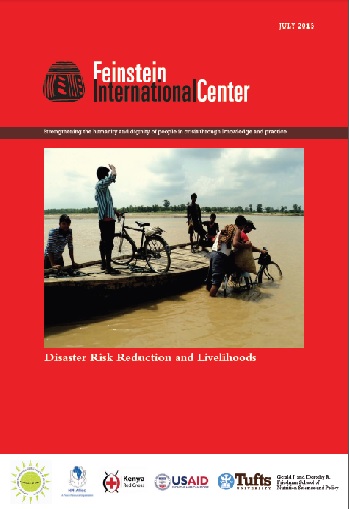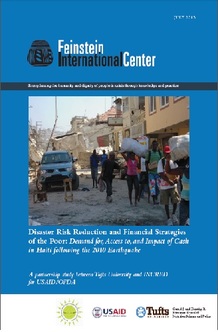Reports
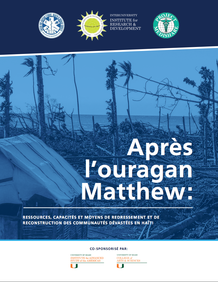
Après l'ouragan Matthew
Après l'ouragan Matthew (sommaire) L’objectif cardinal de l’étude a été d’identifier les ressources et les capacités locales sur lesquelles les communautés touchées en coordination avec les collectivités et le gouvernement central peuvent capitaliser en vue de leur recouvrement équitable.
Community-Based Well Maintenance in Rural Haiti (October 2012)
Community-Based Well Maintenance in Rural Haiti This report, written by INURED Research Associate Dionissi Aliprantis, evaluates a new technology for providing water. The technology, developed by Haiti Outreach (HO), is distinguished by a program training communities to manage wells. The effects of training are identified by comparing HO's wells with wells refurbished by HO but subsequently managed under the status quo. There are large differences in functionality after only one year (8.7 percentage points). For policy-makers choosing between standard and community-based interventions, I quantify the tradeoff between equity (sporadically providing water to all) and efficiency (consistently providing water to most). Aliprantis interprets the estimated tradeoff to strongly favor community-based interventions. Violence Against Children Survey (VACS)
Violence Against Children Survey: Preliminary Findings, Haiti 2012 The Violence Against Children Survey (VACS) systematically measures the prevalence and consequences of physical, emotional, and sexual violence against children. VACS enhances countries' capacity to design, implement, and evaluate violence prevention programs and build successful child protection systems. Enqûete sur la Violence Contre les Enfants: Résultats Préliminaires, Haïti 2012 L'enquête sur la Violence Contre les Enfants (VACS) mesure systématiquement la prévalence et les conséquences de la violence physique, psychologique et sexuelle infligée à des enfants. La VACS accroît la capacité des pays à concevoir, mettre en oeuvre et évaluer des programmes de prévention de la violence, et à développer des systèmes efficaces de protection de l'enfance. Mapping Justice and Rule of Law in Haiti (July 2012)
Mapping Justice and Rule of Law in Haiti: A Summary Report Cartographie de la Justice et de l'État de Droit en Haïti: Note de Synthèse The Interuniversity Institute for Research and Development, in collaboration with the Conflict Prevention and Peace Forum (CPPF)/Social Science Research Council, held an inception workshop for its project Mapping Justice, Security, and Rule of Law in Port-au-Prince, Haiti on 19-21 July 2012. The key objective of the workshop was to finalize the design of the Mapping Justice, Security and Rule of Law (ROL) project. The workshop brought together thirty-five participants representing the Haitian government, Haitian civil society, and the international community with the goal of identifying research priorities and effective methods that would yield an evidence-base for future rule of law programs in Haiti. Women in Haiti after the January 12, 2010 Earthquake (June 2010)
Women in Haiti after the January 12, 2010 Earthquake This report, written by Rachel Hannah Nadelman and Stephania Louis, was published in 2010 by the Huairou Commission in collaboration with INURED, the American Jewish World Service and United Methodist Women. The report is an assessment of women's current conditions, their priorities for reconstruction, the recovery efforts of women's organizations, and identification of potential grassroots partners. Study of Societal Dynamics of Fragility in Haiti (September 2010)
Funded by the Social Development Department of the World Bank Societal Dynamics and Fragility: Engaging Societies in Responding to Fragile Situations 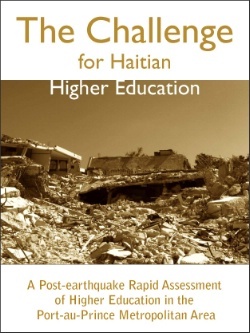
The Challenge for Haitian Higher Education (March 2010)
The Challenge for Haitian Higher Education: A Post-earthquake Rapid Assessment of Higher Education in the Port-au-Prince Metropolitan Area L'impact du tremblement de terre du 12 janvier 2010 sur les institutions d'enseignement supérieur de la zone métropolitaine de Port-au-Prince 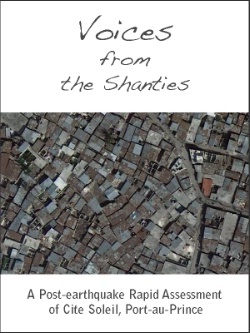
Voices from the Shanties (March 2010)
Voices from the Shanties: A Post-earthquake Rapid Assessment of Cite Soleil, Port-au-Prince 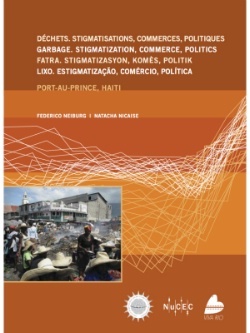
Garbage, Stigmatization, Commerce, Politics
Déchets. Stigmatisations, Commerces, Politiques Garbage. Stigmatization, Commerce, Politics Fatra. Stigmatizasyon, Komés, Politik Lixo. Estigmatização, Comércio, Política 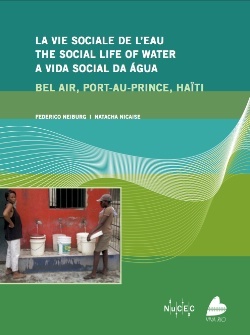
|
|
About Us l Programs l Multimedia l Publications l Donate l Contact Us
Rue Eucalyptus 8. Delmas 83. Port-au-Prince, Haiti
Tel: 509 2813-0816/2813-0554/2813-0555
[email protected]
Rue Eucalyptus 8. Delmas 83. Port-au-Prince, Haiti
Tel: 509 2813-0816/2813-0554/2813-0555
[email protected]

